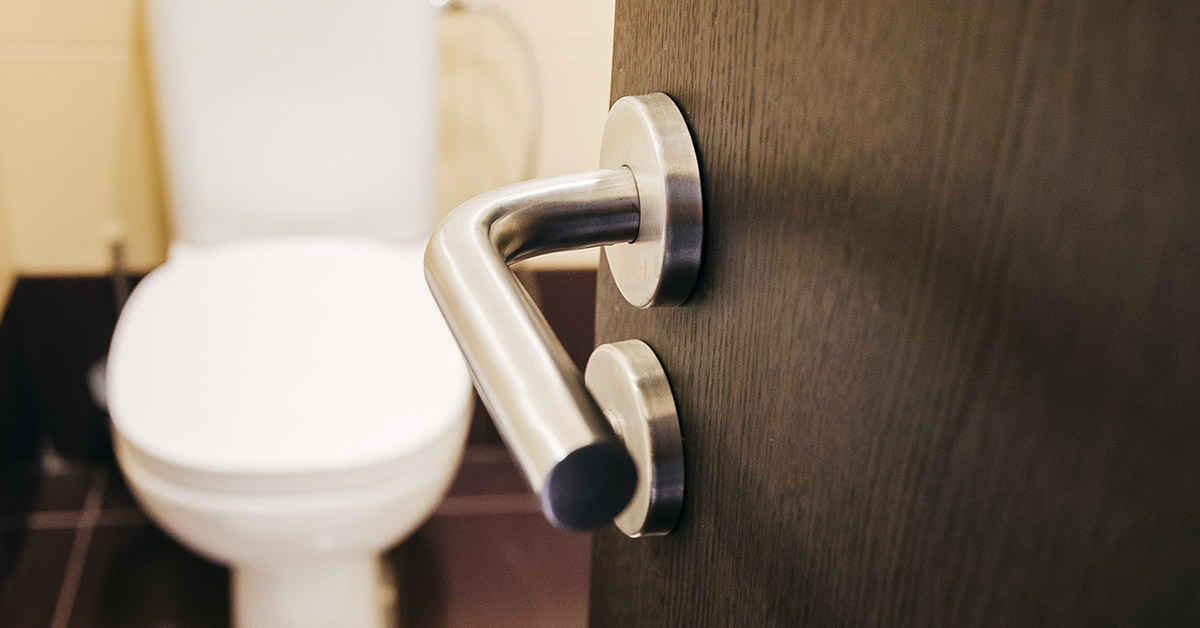The pandemic has been with us for a while now, but over time things have changed, and so has the desire for people to go to the hospital to be tested. Additionally, home tests are now available, including those that are free and given by the government. Now health experts can’t track cases quite like they used to. Which makes the CDC’s National Wastewater Surveillance System (NWSS) more important than ever. The system creates a method of testing that has been shown to track trends and catch new variants before they continue to spread. To put it in a more tongue & cheek manner, the government has an eye on your toilet.
Picking up Momentum
The wastewater testing system has made it possible for local public health officials and hospitals to disperse resources like increased testing in communities with the highest concentration of COVID cases. For the past 2 years, the CDC has partnered up with other health organizations to increase the network of local testing sites. Nationwide, it is estimated that over one-third of wastewater testing and treatment plants are already using this technology. States can now work together to directly compare their sewage data.
How the System Works
In September 2020, the CDC put in place the National Wastewater Surveillance System (NWSS). The CDC already had a COVID Data Tracker but announced they would be adding a wastewater testing component. Their hope was to collect samples in order to do wastewater testing. The process begins in treatment plants that handle sewage.
Water treatment plants then provide mini samples. Next, the mini wastewater testing samples are shipped to public and private labs. Analysts use Biobot Analytics to sift through the particles with nanoscale magnetic beads. The particles are then run through a PCR machine. Considering local wastewater flow rates, algorithms then produce an unblemished cluster of COVID variants from each sample.
Read: Prepare for the next pandemic like a ‘war,’ says Bill Gates
It’s Necessary, Now More Than Ever
While the ability to utilize this technology hasn’t been difficult, there hasn’t been a substantial need. However, when the pandemic began it affected the whole world and that helped the CDC determine the infrastructure was possible. “COVID really changed the calculus and made it a good investment,” said Amy Kirby, a microbiologist for the CDC and lead for NWSS.
The CDC has now invested $233 million to back wastewater testing and treatment plants to make efforts to detect COVID trends more rapidly. Colleen Naughton is an environmental engineer who works on pathogens and wastewater testing at the University of California, Merced. She and her colleagues launched a database called COVIDPoops19. The database maps SARS-CoV-2 wastewater monitoring sites around the world.
Naughton is happy to see this technique becoming more widely used, stating, “it’s definitely exploded throughout the world.” After their program launched, the number of similar databases has tripled.
Researchers Became Confident in the Success Rate
Thanks to wastewater testing, researchers from several universities, and from the CDC were able to detect the Omicron variant. For two reasons, the results were available more quickly than home tests or hospital testing. Scientists are able to track the virus on a larger scale. It also gave scientists the opportunity to track data based on something everyone does, every day.
NWSS made it possible for health officials to detect the Omicron variant around 11 days before it was first detected in a person. Because people can carry the virus without having symptoms, also known as asymptomatic, it is harder to track cases in individuals. Often, they will test negative, while still unwittingly spreading the virus. Additionally, home tests that are positive aren’t always reported to the CDC. The wastewater testing technology allows scientists and health officials to find the virus and even new variants more efficiently.
Expanding Wastewater Testing
The CDC hopes with the method of wastewater testing they can expand on the pathogens they’ll track. The idea is to have a quicker response time to possible future outbreaks. Kirby states, ``If we have the system already in place, when the next pandemic hits, we’ll be ready to get data coming in within weeks.” Using wastewater testing the CDC also plans to keep an eye out for flu viruses, antimicrobial-resistant bacteria, the fungus Candida Auris and foodborne infections like norovirus and salmonella.
A Leader’s (Comical) Opinion
Rick Bright was the director of BARDA (Biomedical Advanced Research and Development Authority) at the time. He comments, “I have to say it wasn’t taken seriously [by us] at all. Although wastewater tracking has been used in the past to track polio and gastrointestinal diseases, it did not seem like a priority during an ongoing pandemic.” Bright has likely changed his stance and is now senior vice president of pandemic prevention and response at the Rockefeller Foundation.
State and Federal governments run a large number of tracking efforts. They’ve made this information available to the public and are publishing the data on their own websites.
Keep Reading: ‘There’s no way I can pay for this:’ One of the largest hospital chains has been suing thousands of patients during the pandemic
Sources
- “Biomedical Advanced Research and Development Authority.” ASPR. Retrieved October 27, 2022.
- “The government is racing to put your toilet under surveillance-for a good reason.” Scientific American. Luke Groskin. September 28, 2022.
- “Population health analytics powered by sewage.” Biobot. Retrieved October 27, 2022.
- “Dr. Amy Kirby: Sewage surveillance for COVID.” Sciline. Dr. Amy Kirby. October 6, 2021.
- “Wastewater Monitoring Offers Powerful Tool for Tracking COVID and Other Diseases.” Scientific American. Sara Reardon. March 3, 2022.
- “Wastewater Surveillance.” CDC. Retrieved October 27, 2022.
- “National Wastewater Surveillance System (NWSS).” CDC. Retrieved October 27, 2022.

